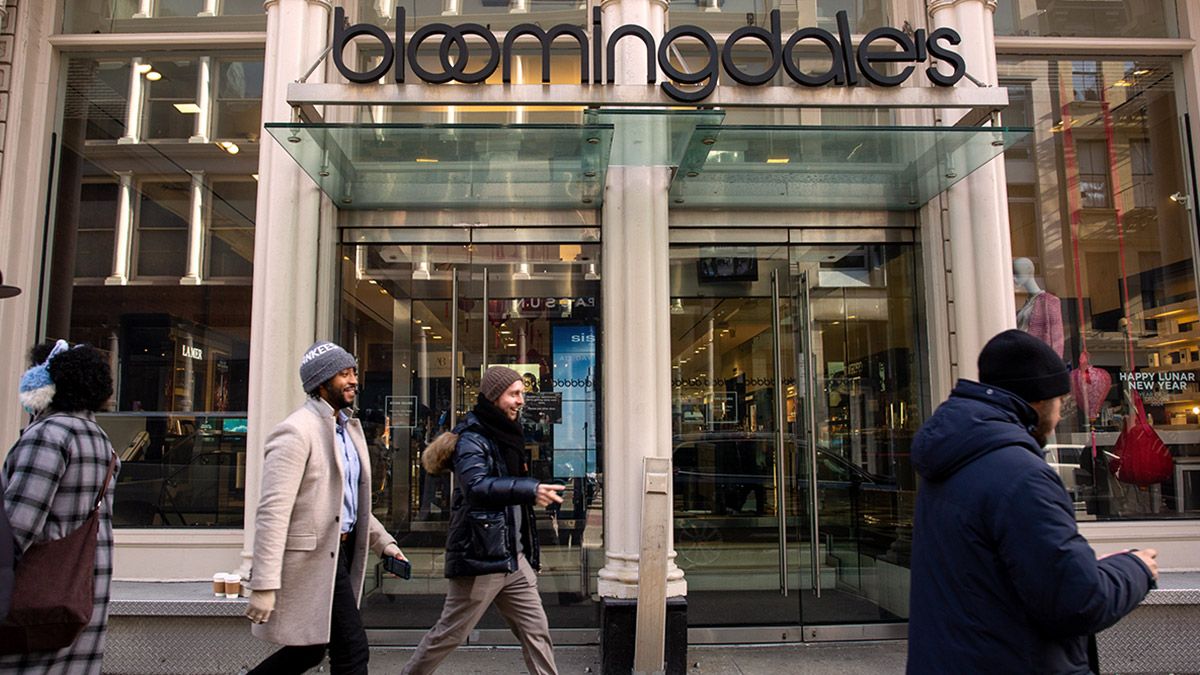After the 2 April ‘liberation day’ tariff announcement, American Eagle had to reset its inventory plans for the rest of the year, especially in the back half, Mathias said. It also re-cadenced “some capital projects”, including its remodeling programme, to preserve capital in light of the tariffs.
The company is not yet providing full-year guidance due to the uncertainty. “With the first quarter results, there’s definitely some uncertainty still on the impact of tariffs for the rest of the year. We’re focusing on getting ourselves right set into this back-to-school season,” Mathias said. “I’d imagine as we get to the second quarter call, we’ll be providing third quarter colour, and if we have a better sense of narrowing down that impact from tariffs to our gross margin, we’ll get back to a full-year number to include a fourth quarter expectation, too.” The company currently anticipates a $40 million annual impact.
“Many fashion and luxury companies are planning later and with more flexibility than in prior years.”
Warby Parker is bracing for a similar impact. Based on current tariff expectations (145 per cent for China; 10 per cent for the rest of the world), the brand is anticipating a $45 to $50 million exposure. The company lowered its expectations by 1 per cent, from last quarter’s expected 14-16 per cent growth for full-year 2025, to 13-15 per cent. “Our updated range reflects a moderately more conservative outlook for the second half of the year,” CFO Steve Miller told investors. This updated range assumes a modest reduction to store productivity, he said.
Revolve also expects to see the worst of the tariff impact in the back half of the year. “We expect the magnitude of tariff impacts to increase in the third quarter and particularly in the fourth quarter of 2025,” CFO Jesse Timmermans said.
Macy’s expects a combined tariff impact to the annual gross margin of roughly 20 basis points to 40 basis points, which includes inventory previously bought under the 145 per cent China tariffs, those bought more recently, shared cost negotiations, vendor discounts and selectively raising tickets. It doesn’t include a potential increase in tariffs from the EU or any other country. “As of today, we have a good handle on the tariff-related costs, but we’re cognisant that the environment is fluid,” Spring said. “The impact on demand is less clear,” he added, noting that Macy’s is incorporating a “more choiceful consumer” into its yearly outlook of net sales of $21 billion to $21.4 billion.
Though it anticipates tariff impact in the back half of the year, Macy’s isn’t changing its inventory strategy aside from re-thinking source destinations. “I’m not going to buy six months or a year worth of product just to avoid tariffs that may or may not materialise in different parts of the world,” Spring said last week.
